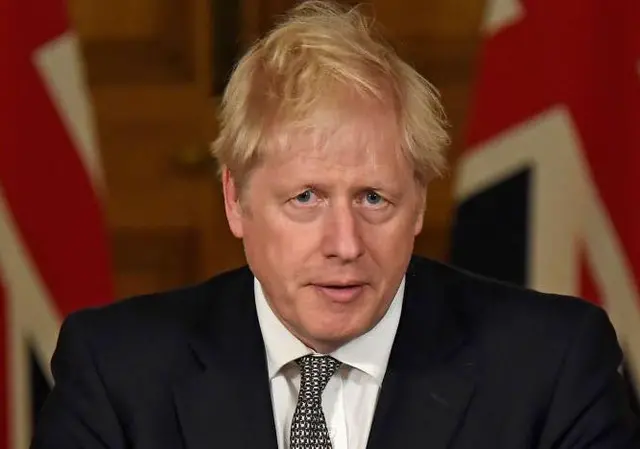While many top officials of the Federal Reserve reckoned that the Fed might start trimming its asset purchase program "in coming months," some others insisted on awaiting more evidence of a recovering job market and economy before making a decision, according to the minutes of the latest Fed policy meeting released Wednesday.
"They generally expected that the data would prove consistent with the Committee's outlook for ongoing improvement in labor market conditions and would thus warrant trimming the pace of purchases in coming months," noted the minutes of the Oct. 29-30 meeting of the Federal Open Market Committee (FOMC), the Fed's powerful policy setting panel.
Since the onset of the financial crisis, the Fed has kept its short-term interest rate at the historically low levels and completed two rounds of quantitative easing programs, known as QE1 and QE2. It is now purchasing longer-term government debt and mortgage-backed securities (MBS) at a pace of 85 billion U.S. dollars per month, dubbed as the QE3.
A couple of the meeting participants thought that "more time was needed to assess the outlook for the labor market and inflation," according to the minutes.
U.S. economic activity continued to "rise at a moderate pace," and manufacturing production expanded modestly in September, noted the document. "Growth in real private expenditures for business equipment and intellectual property products appeared to be tepid in the third quarter."
"In the labor market, total payroll employment increased further in September, but the unemployment rate was still high. Consumer price inflation continued to be modest, and measures of longer-run inflation expectations remained stable," said the Fed.
The U.S. non-farm payroll grew by 204,000 in October, while the unemployment rate edged up to 7.3 percent, the Labor Department reported earlier this month.
"While downside risks to the outlook for the economy and the labor market were generally viewed as having diminished, on balance, since last fall, several significant risks remained, including the uncertain effects of ongoing fiscal drag and of the continuing fiscal debate," noted the minutes.
After the 16-day partial federal government shutdown started Oct. 1, Democrats and Republicans inked a short-term deal to fund the government through Jan. 15 and lifted the government's debt limit through Feb. 7.
"The economy has made significant progress since the depth of the recession. However, we are still far from where we would like to be, and, consequently, it may be some time before monetary policy returns to more normal settings," U.S. Fed Chairman Ben Bernanke said Tuesday.
 简体中文
简体中文

